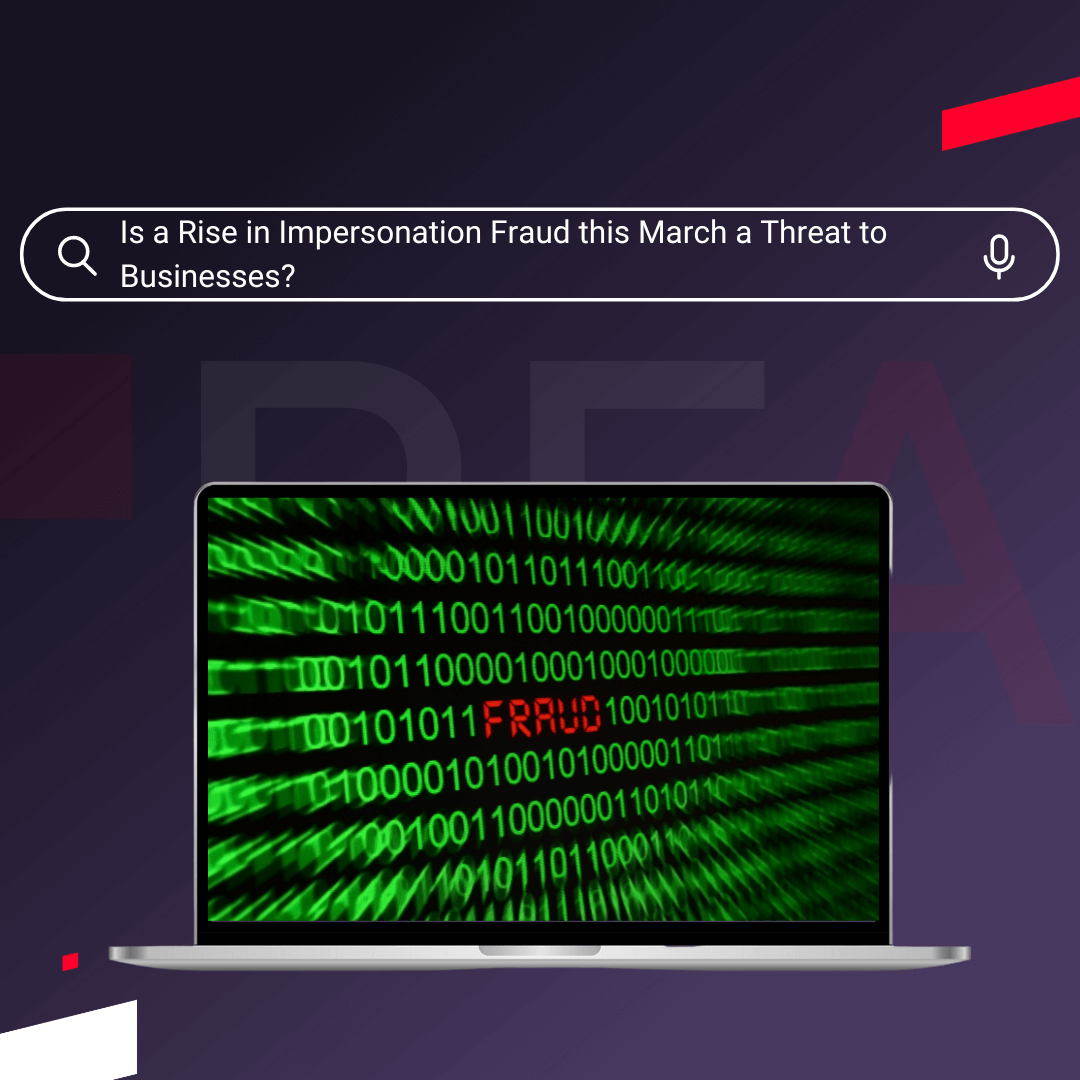Credtech is an increasingly vital tool for businesses around the globe.
As doing business becomes riskier, and there is more of a struggle to find financially sound companies, it helps to be smarter and more cautious about their revenue strategy and approach. Credtech tools aim to shield companies from taking business risks and offering credit to those who will not be able to meet the debt.
What is Credtech?
Credtech stands for credit technology, the term covers the technologies available to businesses that help them assess the risks involved in doing business with an individual/business, if they are creditworthy and how much credit to offer. Credtech is a subsect of fintech (financial technology) and has been in existence for quite some time.
Credtech aims to save businesses money by avoiding losses incurred by bad debt. It allows for more reliable future financial planning as revenue entering the business is more predictable.
Credtech platforms take available data about companies/individuals and run it through complex algorithms to predict how likely they are to be able to pay the money back. Information considered for individuals’ creditworthiness generally centres around their history of paying debts on time, but more complex data sets are used to assess that of a company. These include debt payment history, adverse media, financial results, legal action etc.
Why do companies need credtech?
Business runs on credit. Most companies would be unlikely to survive if they only accepted payment upfront, particularly those operating in B2B. But by rendering goods and services before payment, the creditor is taking a risk that they won’t be paid and could incur a loss as a result. This is what’s known as a bad debt.
Bad debts can have devastating consequences for creditors, with companies that experience bad debts being three times more likely to go insolvent than those that have not.
The main cause of bad debt is from debtors going insolvent. When a company goes insolvent, its assets are liquidated, sold off, and distributed amongst its creditors. This distribution follows a strict hierarchy and unsecured creditors, debts not secured against any asset, are generally unlikely to receive any money from the liquidation process.
The hierarchy of reimbursement during a liquidation is:
1) Secured creditors with a fixed charge
2) Preferred creditors including HMRC
3) Secured creditors with a floating charge
4) Unsecured creditors – this is what most day-to-day business credit falls into
When a company goes insolvent, by definition it can no longer afford to pay all its debts. Without credtech, companies would have no reliable way of assessing if it is safe to offer credit and so be completely exposed to bad debt. Credtech platforms are also able to recommend a credit limit based on a company’s level of risk and financial history.
The need for credtech has never been higher as economies worldwide have suffered from an unrelenting succession of economic shocks since early 2020. This has caused most countries’ economies to falter and is especially true of the UK.
Insolvencies have soared in the UK since the end of the pandemic and are predicted to keep rising. In 2022, there were 22,109 insolvencies, which included the highest ever recorded figure of voluntary insolvencies as directors recognised that they simply could not operate profitably within the current economic climate. Conservative estimates predict there will be 28,000 more insolvencies in 2023.
Companies can no longer afford to lose a single invoice to bad debt and must practice better business, by employing credtech, to avoid this.
Credtech can also be used by a company to manage its supply chain; as it assesses business risk, it can advise if a supplier is at risk of failure. This is vital as there are still significant interruptions to the global supply chain. Should a key supplier fail, it may not be possible for a company to immediately source the needed supplies. Even if they can, the immediate need to secure materials/services may affect the company’s negotiating position and lead to unfavourable credit terms.
A credtech platform will alert a company when one of its suppliers starts to show signs of business distress. This allows them to begin the process of finding a replacement supplier before there is any interruption to their business process, again using their credtech platform to avoid financially unstable replacements.
Given the current skyrocketing insolvency rates, those companies that practice robust supply chain management will have a significant competitive advantage over those that do not.
Is credtech just for credit?
Whilst credtech allows a company to quickly and easily assess creditworthiness and safe credit limits, it also offers several other features that let help manage business risk and enable sales and marketing.
Red Flag Alert contains full company reports on every UK business including:
- A company’s financial health rating alongside credit information
- Allows instant retro analysis of a company’s entire history
- Group structure, directors, shareholders and persons of significant control
- CCJ history
- Bad debt history
- Five years of full financial statements with an in-report analysis tool
- Current and historic debentures
- All gazette notices and adverse media
These reports have been designed to be easy to understand and provide a full picture of a company and its directors/UBO. This allows directors to effectively manage the risk that any deals or partnerships expose them to.
Red Flag Alert also allows you to actively monitor any company for positive or negative events. Our fully bespoke portfolio monitoring tool allows users to create portfolios of companies they wish to monitor, set which events trigger alerts on each portfolio, and choose who receives these alerts and when they do.
By doing this, companies can easily manage their debtors for signs of distress, prospects for signs they are ready to buy, and keep an eye on competitors.
Our granular search tool allows you to quickly and easily create a highly specific targeted marketing list of companies to sell to or analyse potential markets. The tool features over 100 parameters including turnover, employee numbers, SIC code, area, auditor/accountant, and debenture holder.
What impact will credtech have on my business?
Using credtech has numerous positive effects throughout a business, some of these are:
- Increased revenue – By avoiding deals that are likely to succumb to debt and spending money chasing the debt a company will see increases in revenue in relatively short order.
- Fewer staff hours wasted – Staff save time assessing whether to offer credit and how much to offer as this is done for them by a credtech platform. By avoiding bad debts, staff hours spent chasing debtors are also saved.
- More predictable revenue streams – By selling to only companies that can be relied on to pay on time revenue is generated more predictably.
- Easier decision making – Credtech provides more reliable and increased revenue which provides a solid foundation for directors to more effectively plan for the future and react to any changes in their business environment. It provides directors and staff with in-depth data on prospective clients, competitors, current partners and their wider business environment; meaning that decision-making is informed, insightful and actionable.
The future of credtech
The future looks bright for credtech and the companies that employ it effectively. As technology advances so too does credtech’s ability to predict business risk and creditworthiness. AI technology, advances in the recording and storing of data, and increased computational processing ability are at the forefront of doing this.
Demand for credtech is increasing as economic recovery post-pandemic has been slow and an unpredictable geopolitical environment continues to exacerbate this. Many companies have exhausted their financial reserves and are operating on the brink of insolvency and huge amounts of bad debt are snowballing through supply chains; it is imperative that directors protect their businesses from this and credtech is what allows them to do so.
Is all credtech the same?
Whilst most credtech platforms will largely ingest the same data they vary hugely in the accuracy of their algorithms, reliability of their ratings, and predictive ability.
Red Flag Alert was developed by the UK’s largest insolvency company, Begbies Traynor, as a method of identifying future insolvencies. We are the experts in the causes and warning signs of business failure, have the UK’s number one insolvency score, and our quarterly economic reports are the industry gold standard.
Our award-winning platform offers:
- Unique and easy-to-understand company financial health rating
- Easy to understand in-depth reports with instant retro analysis
- In report analysis tools
- Fully user bespoke portfolio monitoring
- Database of every UK company and 350+ million international companies
- International report
- Easy-to-use granular search tool
- Full AML compliance suite including EIDV
- Single sign-on
- Proprietary Growth Score
- Post-COVID scorecard
Red Flag Alert has over twenty years of experience in saving companies from bad debt, remaining compliant and achieving growth. Our platform is available on a seven-day free trial and will immediately protect and empower your business. See our full guide to Credtech




